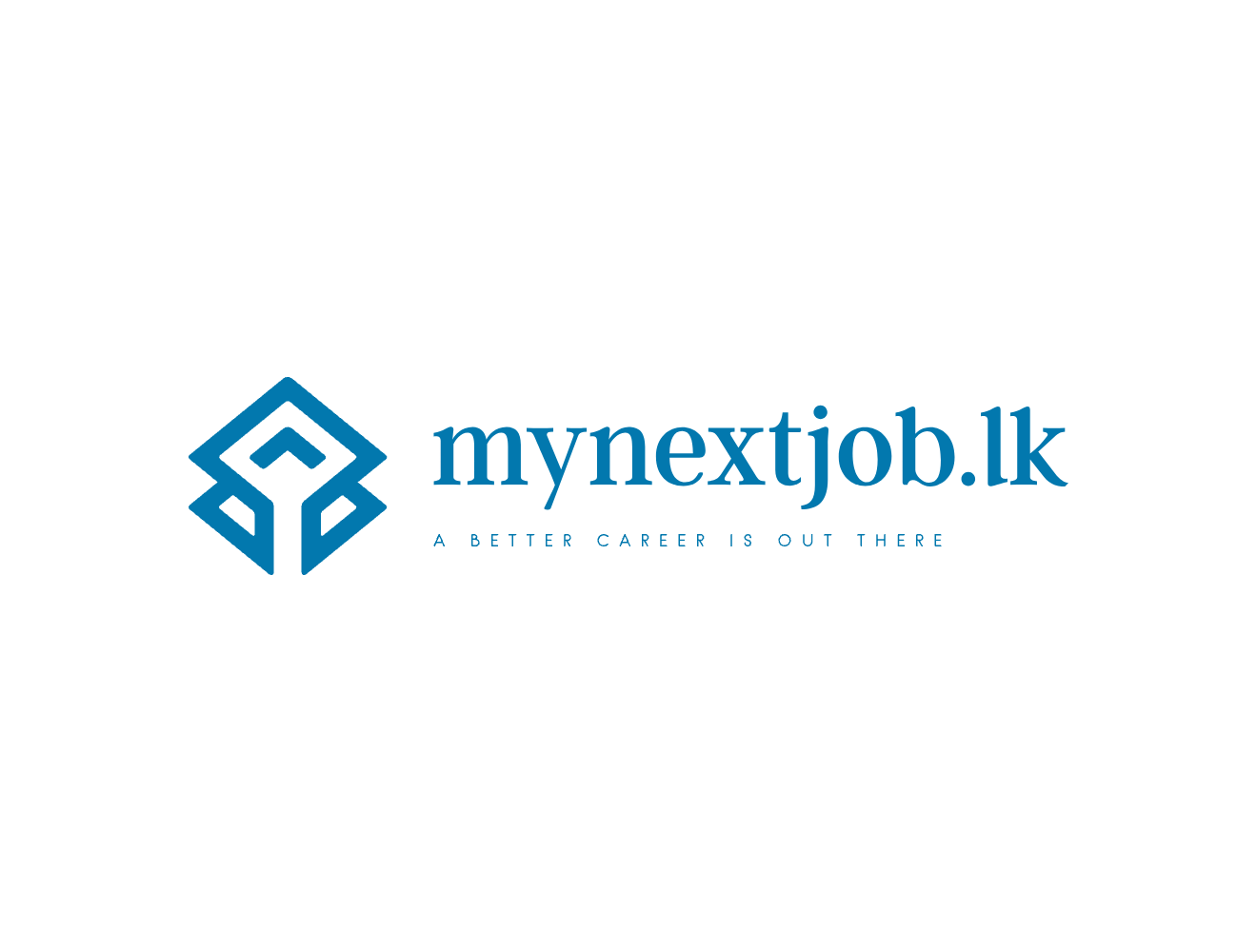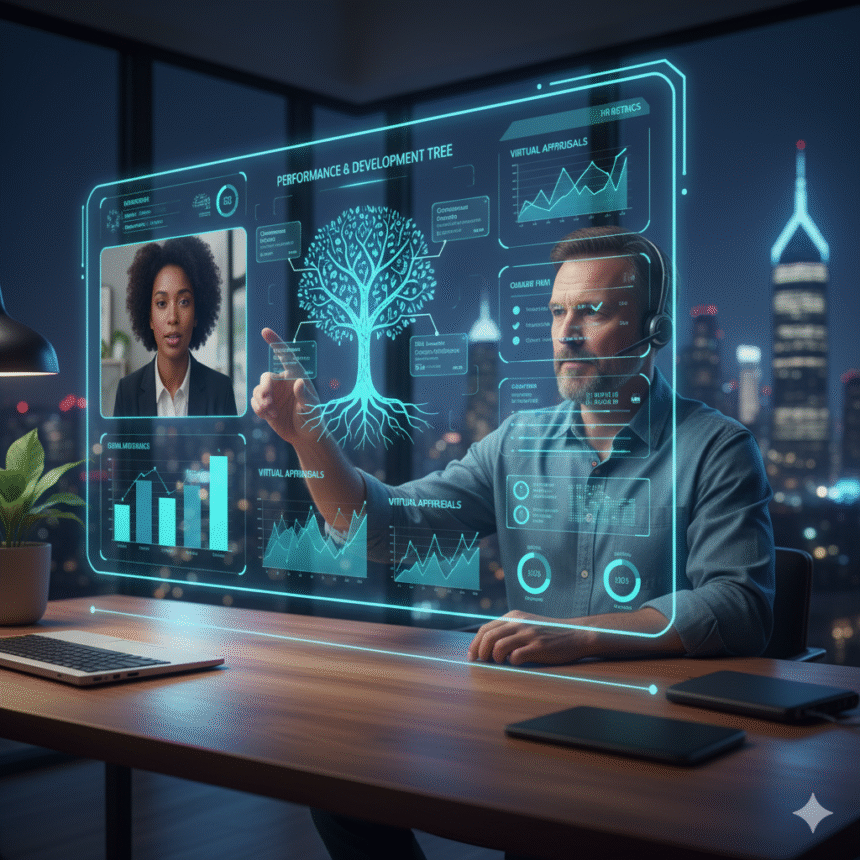The pervasive shift to remote and hybrid work has fundamentally altered nearly every facet of the employee lifecycle, and performance reviews are no exception. Traditional, in-person annual appraisals often relied on direct observation and spontaneous interactions, which are largely absent in a distributed work model. For HR professionals, understanding remote performance management is no longer optional but critical to ensuring fairness, fostering growth, and maintaining high standards of productivity and engagement. This article delves into the essential elements HR needs to know to adapt performance reviews for a remote world, focusing on continuous employee feedback, effective virtual appraisals, and leveraging HR metrics to drive impactful development.
- The Evolution of Performance Management for Remote Teams
- Shifting to Continuous Employee Feedback
- Conducting Effective Virtual Appraisals
- Performance Reviews in a Remote World: What HR Needs to Know
- Leveraging HR Metrics for Remote Performance
- 1. Key Performance Indicators (KPIs) and OKRs
- 2. Employee Engagement and Well-being Metrics
- 3. Training and Development Effectiveness
- HR’s Strategic Role in Remote Performance Reviews
- Conclusion
The Evolution of Performance Management for Remote Teams
 The very nature of remote work demands an evolution in how performance is managed. Traditional models, often characterized by infrequent, top-down reviews, are ill-suited for the dynamic and often asynchronous environment of distributed teams. The challenges of remote performance management include:
The very nature of remote work demands an evolution in how performance is managed. Traditional models, often characterized by infrequent, top-down reviews, are ill-suited for the dynamic and often asynchronous environment of distributed teams. The challenges of remote performance management include:
- Lack of direct observation: Managers cannot physically see how employees are spending their time.
- Communication gaps: Nuances can be lost in digital communication, affecting feedback delivery and reception.
- Potential for bias: Without clear frameworks, managers might unconsciously favor employees they interact with more frequently.
- Focus on output over activity: A necessary shift, but one that requires different measurement strategies.
This new reality necessitates a move towards a more agile, continuous, and empathetic approach, one that emphasizes trust, transparency, and ongoing dialogue.
Shifting to Continuous Employee Feedback
One of the most crucial adaptations for remote performance management is the pivot from annual reviews to a system of continuous employee feedback. This approach ensures that feedback is timely, relevant, and actionable, preventing surprises during formal review periods and fostering ongoing development.
1. Implementing Regular Check-ins
- One-on-One Meetings: Managers should schedule frequent, dedicated one-on-one virtual meetings (e.g., weekly or bi-weekly) with each team member. These meetings are crucial not only for discussing task progress but also for addressing challenges, offering support, and checking on well-being.
- Structured Agendas: While informal, having a loose agenda for one-on-ones can ensure key topics (goals, blockers, development, well-being) are covered consistently.
- Documentation: Encourage managers to document key discussion points, goals, and feedback provided during these check-ins, creating a running record of performance and development.
2. Utilizing Digital Feedback Tools
- Performance Management Platforms: Leverage dedicated HR software (e.g., Culture Amp, Workday, Lattice) that facilitates continuous feedback, goal tracking, and 360-degree reviews. These platforms make it easy to give and receive feedback in real-time.
- Peer Feedback: Encourage peer-to-peer feedback to provide a holistic view of an employee’s contributions and collaboration skills, which are particularly important in a remote setting.
- Pulse Surveys: Deploy short, frequent surveys to gauge employee sentiment, identify potential issues, and understand team dynamics, informing managerial approaches.
Conducting Effective Virtual Appraisals
 While continuous feedback is vital, formal virtual appraisals still play an important role in career development, compensation decisions, and overall performance calibration. HR needs to ensure these virtual reviews are as effective and fair as their in-person counterparts.
While continuous feedback is vital, formal virtual appraisals still play an important role in career development, compensation decisions, and overall performance calibration. HR needs to ensure these virtual reviews are as effective and fair as their in-person counterparts.
1. Preparing for the Virtual Review
- Clear Guidelines: Provide managers and employees with clear guidelines and templates for preparing for the review. This includes self-assessments, peer feedback consolidation, and manager evaluations.
- Objective Data: Encourage managers to gather objective data, such as project completion rates, goal attainment, and feedback from colleagues, to support their assessments and reduce subjectivity.
- Technology Readiness: Ensure all participants have reliable internet access, functioning cameras, and microphones for a smooth virtual meeting experience.
2. Facilitating the Virtual Conversation
- Dedicated Time and Space: Schedule ample time for the review and encourage both parties to minimize distractions.
- Camera On: Requesting that cameras be on helps establish better connection and allows for reading non-verbal cues.
- Active Listening: Managers should practice active listening, allowing employees to fully express themselves without interruption.
- Focus on Development: Frame the conversation around growth and future opportunities, rather than just past performance. Discuss career aspirations and development plans.
- Follow-Up: Ensure clear next steps are agreed upon, documented, and followed up on. This might include specific training, new projects, or mentorship opportunities.
Performance Reviews in a Remote World: What HR Needs to Know
The pervasive shift to remote and hybrid work has fundamentally altered nearly every facet of the employee lifecycle, and performance reviews are no exception. Traditional, in-person annual appraisals often relied on direct observation and spontaneous interactions, which are largely absent in a distributed work model. For HR professionals, understanding remote performance management is no longer optional but critical to ensuring fairness, fostering growth, and maintaining high standards of productivity and engagement. This article delves into the essential elements HR needs to know to adapt performance reviews for a remote world, focusing on continuous employee feedback, effective virtual appraisals, and leveraging HR metrics to drive impactful development.
Leveraging HR Metrics for Remote Performance
In a remote environment, HR metrics become even more critical for objective performance evaluation and strategic decision-making. Data provides insights that are harder to gather through casual observation.
1. Key Performance Indicators (KPIs) and OKRs
- Outcome-Based Metrics: Shift the focus from activity to outcomes. Track KPIs that directly measure contributions to business goals (e.g., sales targets, project completion rates, customer satisfaction scores).
- Objective and Key Results (OKRs): Implement OKRs to align individual and team goals with overarching organizational objectives, providing a clear framework for measuring success.
- Progress Tracking Tools: Utilize project management software and internal dashboards to monitor progress against goals in real-time.
2. Employee Engagement and Well-being Metrics
- Engagement Scores: Track engagement scores through regular pulse surveys and annual surveys. Look for trends and correlations with performance.
- Turnover Rates: Monitor turnover, especially within remote teams, to identify potential issues with management, workload, or support systems.
- Well-being Indicators: While sensitive, anonymous data on sick days, EAP utilization, or survey responses related to stress can provide insights into employee well-being, which directly impacts performance.
3. Training and Development Effectiveness
- Completion Rates: Track completion rates for mandatory and optional training modules.
- Skill Gap Analysis: Use performance data to identify common skill gaps within remote teams and tailor training programs accordingly.
- Impact Assessment: Measure the impact of development initiatives on performance improvements over time.
HR’s Strategic Role in Remote Performance Reviews
HR plays a pivotal role in designing, implementing, and overseeing an effective remote performance management system.
- Policy Development: Establish clear policies and guidelines for remote performance reviews, ensuring consistency and compliance across the organization.
- Manager Training: Provide comprehensive training for managers on how to conduct effective virtual appraisals, give constructive remote feedback, and lead a distributed team with empathy.
- Technology Selection and Implementation: Choose and integrate the right HR software and performance management platforms that support remote operations.
- Data Analysis and Reporting: Analyze HR metrics to identify trends, pinpoint areas for improvement, and provide strategic recommendations to leadership.
- Ensuring Fairness and Equity: Actively work to mitigate unconscious biases in remote reviews, ensuring all employees are evaluated fairly regardless of their location or interaction frequency.
Conclusion
Performance reviews in a remote world demand a strategic and adaptive approach from HR. By moving towards continuous employee feedback, mastering the art of virtual appraisals, and leveraging data-driven HR metrics, organizations can build a performance management system that is fair, effective, and conducive to growth in a distributed environment. This evolution is not merely about adapting old processes to new tools; it’s about fundamentally rethinking how we measure, support, and develop talent to thrive, regardless of where their work gets done. HR’s leadership in this transformation is crucial for fostering a high-performing, engaged, and resilient remote workforce.











